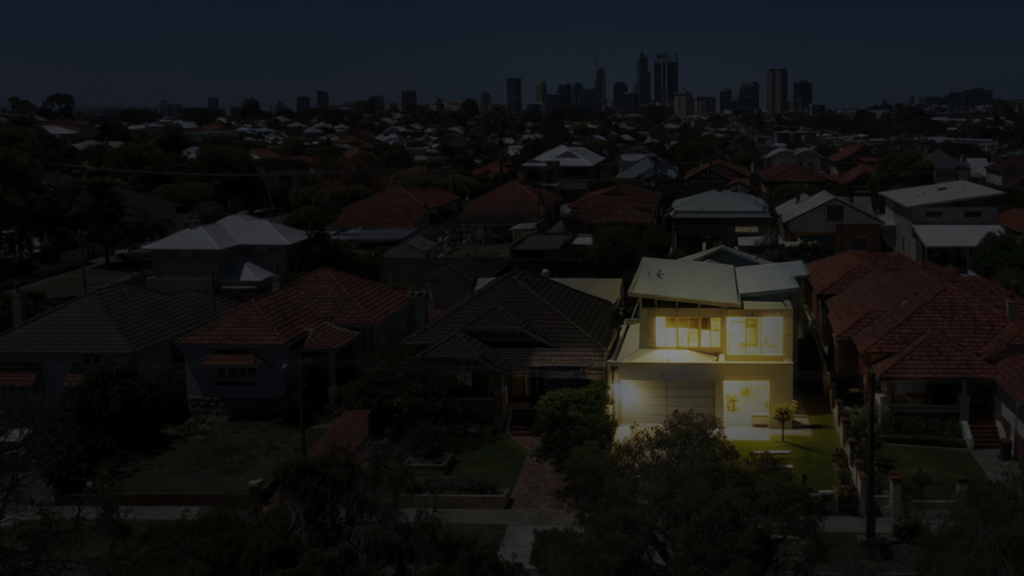When installing solar panels for the first time, it’s common to wonder if you’ll be able to use your own electricity while drawing from the grid at the same time. Will the power companies be OK with you going partially ‘off-grid’?
The short answer is yes, you can use electricity with solar – and that’s what most Australians tend to do.
Let’s take a look at how it works, whether it’ll make your bills cheaper, and whether or not you have to tell the power company.
Can you use electricity with solar panels?
You can still use electricity from the grid when you instal solar panels on your home, and in fact this is a great way to get some of the benefits of renewable energy without going entirely off-grid.
The combined systems utilise the best of both worlds. During the day when the sun is shining, your home will likely generate enough electricity to power most (if not all) of your appliances. Then, when night comes, you can start to draw from the grid to top up what you don’t already have stored.
Learn more: How Combining Solar Panels and Battery Storage Can Save You Money
Will my electricity bills cost as much if I’m generating part of it myself?
Probably not. When you draw from the grid, you’re always charged based on what you use – so if you’re using less, you’ll likely be charged less.
You may even be able to sell some of your excess power back to the grid to discount your bills further. This is called ‘net metering’, which we explain in more detail below.
Note: Some electricity providers may charge you higher rates for having solar. When investigating providers, make sure to ask them whether your rates will be impacted by your use of solar. It’s possible some companies will charge a higher rate if you have solar installed. We can investigate on your behalf if you need the help! Just give us a call.
What happens if I generate more power than I need?
It’s very common for solar systems in Australia to generate more electricity than is required. In these cases, your system is going to have to export that back to the grid, store it for use later or share it in a virtual power plant (VPP) network.
- Exporting back to the grid. Some energy companies will ‘buy’ your excess energy off you, though others may also charge you for this. See below.
- Saving electricity for later. If you’ve also installed a battery storage system, your house can generate and store power, to be used later when the sun isn’t shining.
- Share it around. Virtual power plant (VPP) networks are a growing trend in Australia, where multiple ‘micro-generators’ (that’s you) pool together to share excess energy to those who require it. VPP companies facilitate this network and control the virtual ‘grid’. Learn more about VPPs here.
Is it worth getting a battery?
It’s highly recommended that if you get a solar installation (or are retrofitting an old one), that you also purchase battery storage. Not only will this enhance your solar installation generally, allowing you to store your own power for use later, it could help future-proof your system.
Increasingly, some Australian electricity providers are penalising customers for not having battery storage, charging them a fee for sending excess power back to the grid during peak hours. Customers with battery storage can avoid the fee by storing their excess power.
- Pro tip: Depending on where you live, you may have access to government rebates to help afford the cost of battery storage. We can help you understand what’s available in your area.
Do I need to tell my electricity supplier if I have solar panels in Australia?
Yes, you will need to tell your electricity supplier that you have installed solar. They may need to come to your property to install a net meter, and they might also ask you to change to a new billing plan to reflect the fact that you will now be generating your own power.
We recommend staying with the same supplier until after you’ve had solar installed at your property. If you decide its best to change supplier due to a change in billing, consider doing so only after the installation is complete. It makes things easier!
What is net metering, and how does it work?
A net meter is a smart device which measures the amount of energy that you export back to the grid, in addition to the amount of electricity you draw from it. It can then use that data to ensure you get appropriately credited by your electricity provider for all the power you’ve exported.
Is a net meter and a smart meter the same thing?
No. A smart meter is a meter which offers real-time monitoring of your power usage, and help you keep track of your monthly bills.
A net meter is designed specifically for solar users. It measures both what you use, and what you give back, and calculates the net difference between them.
Feed-in tariffs vs. energy credits
Whenever your contract says you’ll be ‘credited’ for the electricity you export back to the grid, it usually means you will generate account credit which can be used to discount your monthly bill. This is enabled by net metering.
A feed-in tariff is a fixed-price paid to solar owners who export energy back to the grid, usually paid in cents per kilowatt hour (kWh). Rates at time of writing can vary from zero cents up to 10-12 cents p/kWh. They aren’t available everywhere, and they’re voluntary for electricity providers – so rates and rules vary.
- Pro tip: Generally, it’s best to consume as much of your own electricity as you can, because the savings here are usually higher than what you’d get back in terms of discounts or payments. This is another area where battery storage can really help, so you keep more of your own power!
Summarising what you need to know about combining solar and the grid
To summarise the key things you need to know from this article:
- Most Australians use both their own solar energy and a bit of power from the grid.
- If you have battery storage, you can generate more electricity than you need and store it for later. This will also help you avoid any fees from providers who charge for exporting power back to the grid.
- If you don’t have batteries (or you exceed their capacity), a ‘net meter’ will help you export power back to the grid. In some cases it can result in billing discounts, or direct payments, depending on the provider and your contract.
- You’ll need to tell your electricity provider that you’ve installed a solar system. This may impact your billing plan.
To learn more about installing solar, talk to us today
We’re Australia’s solar and battery installation experts, with offices across four states. If you need help working out what solar system is best for you, whether you want a battery or not, and what kind of rebates or incentives are available in your state, we’re the team that can help.
Contact us today to book a no-obligations consultation and we’ll talk about your needs.






